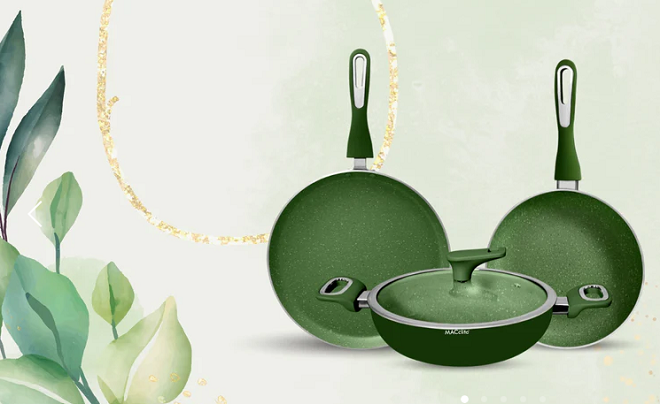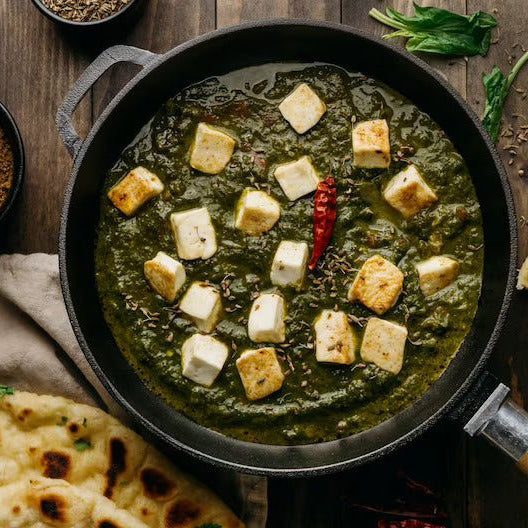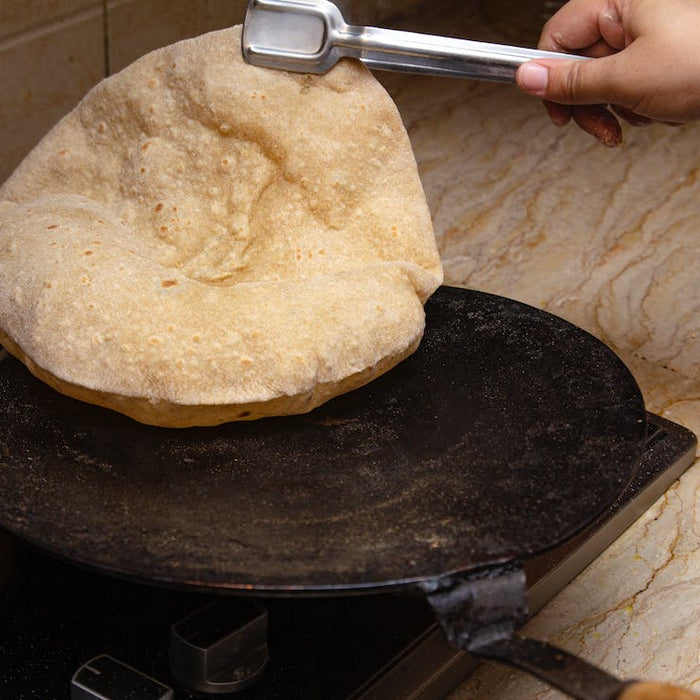
Die Cast vs. Non-Stick Cookware: Navigating the Culinary Landscape
In the vast world of kitchenware, the choice between die-cast and non-stick cookware is a pivotal decision that can significantly impact your cooking experience. Each type has its unique features, benefits, and considerations. In this detailed exploration, we will delve into the realm of die-cast and non-stick cookware, examining their characteristics, benefits, and safety considerations.
Die-Cast Cookware: Unveiling the Craftsmanship
Die-cast cookware, often referred to as die-cast aluminum cookware, is crafted using a specialized manufacturing process. This process involves injecting molten aluminum into a mold under high pressure, creating a precisely shaped and durable cooking vessel. Let's uncover the key features and benefits of die-cast cookware.
Die-Cast Tawa and Pan: Precision in Design
Die-cast tawas and pans are known for their precision in design and construction. The high-pressure casting process ensures that every detail of the cookware is accurately reproduced, providing consistent performance in the kitchen. The result is a sleek and well-crafted cooking surface that enhances your cooking experience.
Benefits of Die-Cast Cookware:
-
Even Heat Distribution: Die-cast cookware excels in distributing heat evenly across the cooking surface. This ensures that your food cooks uniformly, reducing the risk of hot spots and unevenly cooked dishes.
-
Durability: The high-pressure casting process gives die-cast cookware exceptional durability. It can withstand the rigors of daily cooking, making it a long-lasting investment for your kitchen.
-
Non-Stick Properties: Many die-cast cookware pieces come with non-stick coatings, enhancing their usability and ease of cleaning. This feature reduces the need for excessive oil or fat in cooking and makes for hassle-free food release.
Die-Cast Cookware Safety Considerations:
-
Coating Quality: While non-stick coatings can improve the performance of die-cast cookware, it's essential to choose high-quality, PFOA-free coatings to ensure safety.
-
Temperature Limits: Be mindful of the temperature limits of your die-cast cookware. Excessive heat can damage the non-stick coating and affect the overall performance of the cookware.
-
Maintenance: Proper maintenance, including gentle handwashing and avoiding abrasive cleaning tools, contributes to the longevity of the non-stick coating.
Non-Stick Cookware: The Culinary Maestro
Non-stick cookware has become a staple in kitchens around the world, offering a convenient and efficient cooking experience. The non-stick surface is typically achieved through the application of a layer of polytetrafluoroethylene (PTFE) or ceramic Coating Cookware. Let's explore the characteristics and benefits of non-stick cookware.
Benefits of Non-Stick Cookware:
-
Easy Food Release: The primary advantage of non-stick cookware is its ability to release food effortlessly. This makes it an excellent choice for cooking delicate items like eggs and fish.
-
Reduced Oil Usage: Non-stick surfaces require less oil or fat during cooking, promoting healthier cooking options.
-
Easy Cleaning: Cleaning non-stick cookware is a breeze. Food residue is less likely to stick to the surface, simplifying the cleaning process.
Non-Stick Cookware Safety Considerations:
-
Avoiding Overheating: Overheating non-stick cookware can release harmful fumes. It's crucial to follow the manufacturer's guidelines regarding temperature limits.
-
Avoiding Metal Utensils: Using metal utensils can scratch and damage the non-stick coating. Opt for wooden or silicone utensils to preserve the integrity of the coating.
Die Cast vs. Non-Stick: A Comparative Analysis
Let's delve into a comparative analysis of die-cast and non-stick cookware to help you make an informed decision based on your culinary preferences and requirements.
Die Cast Cookware:
- Material: Aluminum
- Manufacturing Process: High-pressure casting
- Key Features: Even heat distribution, durability, non-stick properties
- Safety Considerations: Coating quality, temperature limits, maintenance
Non-Stick Cookware:
- Material: Typically aluminum with PTFE or ceramic coating
- Key Features: Easy food release, reduced oil usage, easy cleaning
- Safety Considerations: Avoiding overheating, avoiding metal utensils
Choosing Your Culinary Ally:
In the die cast vs. non-stick cookware debate, the choice ultimately depends on your cooking style, preferences, and safety considerations. Die-cast cookware offers precision and durability, with the added benefit of non-stick properties. On the other hand, non-stick cookware prioritizes convenience and easy maintenance.
Consider factors such as the type of dishes you frequently prepare, your cooking techniques, and the level of maintenance you're comfortable with. Additionally, always prioritize safety by adhering to the manufacturer's guidelines and maintaining your cookware appropriately.
Conclusion:
As you navigate the diverse landscape of cookware options, understanding the nuances of die-cast and non-stick cookware empowers you to make an informed decision. Whether you opt for the precision of die-cast cookware or the convenience of non-stick surfaces, both offer unique benefits that can elevate your culinary adventures. Choose your culinary ally wisely, and let your kitchen be a haven of creativity and delicious creations.
Featured collection
-
Original price - Original priceOriginal price Rs. 19.99Rs. 19.99-Current price Rs. 19.99
Product title
Original price - Original priceOriginal price Rs. 19.99Rs. 19.99-Current price Rs. 19.99 -
Original price - Original priceOriginal price Rs. 19.99Rs. 19.99-Current price Rs. 19.99
Product title
Original price - Original priceOriginal price Rs. 19.99Rs. 19.99-Current price Rs. 19.99 -
Original price - Original priceOriginal price Rs. 19.99Rs. 19.99-Current price Rs. 19.99
Product title
Original price - Original priceOriginal price Rs. 19.99Rs. 19.99-Current price Rs. 19.99 -
Original price - Original priceOriginal price Rs. 19.99Rs. 19.99-Current price Rs. 19.99
Product title
Original price - Original priceOriginal price Rs. 19.99Rs. 19.99-Current price Rs. 19.99 -
Original price - Original priceOriginal price Rs. 19.99Rs. 19.99-Current price Rs. 19.99
Product title
Original price - Original priceOriginal price Rs. 19.99Rs. 19.99-Current price Rs. 19.99
Blog posts
-
-

What is Karahi or Kadahi? Exploring Its Best Use in 2024 | Non Stick
The kadai or karahi holds a special place, when it comes to Indian cooking,choose MACclite kadai cookware for a healthier and more enjoyable cooking experience.Read now -

Best Tawa for Roti 2024 - Guide to Choosing the Best Iron Tawa for Your Family
The roti tawa is the right tool to achieve the ideal texture and taste. Finding the perfect roti tawa for your family can be both rewarding and challenging in 2024 due to the many options available.Read now


